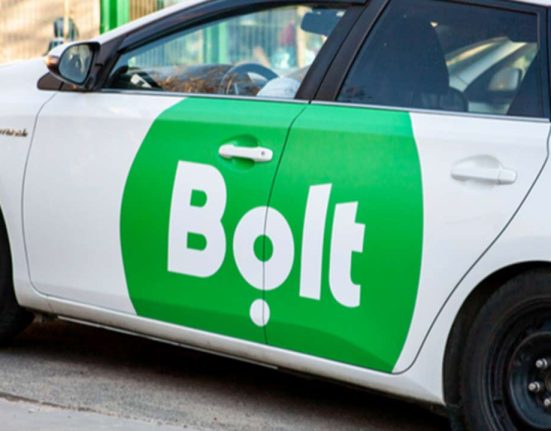Nigeria could generate a whopping N1 trillion ($3 billion) annually through its maritime industry from robust bunkering business if the Petroleum Industry Governance Bill (PIGB) is passed into law.
According to the Nigerian maritime industry forecast for 2018/2019 unveiled in Lagos last week by the Nigerian Maritime Administration and Safety Agency (NIMASA), signing the PIGB into law will create a very robust bunkering business in the maritime industry.
36 years after it was put on hold due to certain abuses, the Jonathan administration, in 2014, lifted the ban on bunkering activities in the nation’s coastal waters.
Bunkering is a downstream business involving fueling of ships of all kinds on high seas, inland waterways and within the ports.
Fuels to be supplied include Automotive Gas Oil (AGO) or diesel, Low Pour Fuel Oil (LPFO) and Liquefied Natural Gas (LNG).
Bunkering is a legitimate business line that is often confused with illegal trade in stolen crude for which the same term has been freely used in the Nigerian business lexicon.
The NIMASA industry report tagged ‘Nigeria’s Maritime Industry Forecast: Emerging Opportunities and Challenges’ noted that the passage of the PIGB would attract multinationals into the downstream sector of the industry.
The report reads in part: ‘‘The passage of the PIGB will attract multinationals into the downstream sector of the industry leading to the setting up of refineries which will eventually lead to Nigeria being a net exporter of refined petroleum products.
“If this happens in the next one or two years, it will lead to the demand of refined petroleum tankers and more importantly, it will create a very robust bunkering business in the maritime industry, which is capable of generating over $3 billion per annum”.
It further stated that the inaugural edition of the Nigeria Maritime Industry Forecast is focused on forecasting levels of activity which will drive the demand for use of Maritime facilities – proxied by industry parameters such as Total Fleet Size, Oil Tanker Fleet Size, Non-Oil Tanker Fleet Size and Oil Rig Count.
The report continued: “Our analysis is based on assumptions about domestic economic conditions, measured using macroeconomic indicators such as Economic Growth, Oil Price & Production (Bonny light) and Total Trade.
“Our forecasts are intended to enable stakeholders anticipate the volumes of activity in the maritime sector as an indication of the levels of international demand for cargo produced locally as well as domestic demand for cargo produced externally.
“Our forecast estimates depict that growth in volumes are going to continue to be robust. We also expect Oil Rig Count to steadily increase on account of improved Oil Production and demand. These maritime forecasts will enable us raise questions on how greater investments in oil and gas will translate to more demand for offshore support vessels.
“We recommend that government and her agencies should do to more to attract more investments in the maritime industry, as well as map out developmental strategies for ocean based industries and the exploitation of the vast resources of the ocean economy”.
Support Quality Journalism in the Niger Delta Region
Join us in our mission to bring development journalism, cultural preservation, and environmental awareness to the forefront. Your contribution makes a difference in the lives of the people of the Niger Delta. Donate today and be a part of the change!










Leave feedback about this
You must be logged in to post a comment.